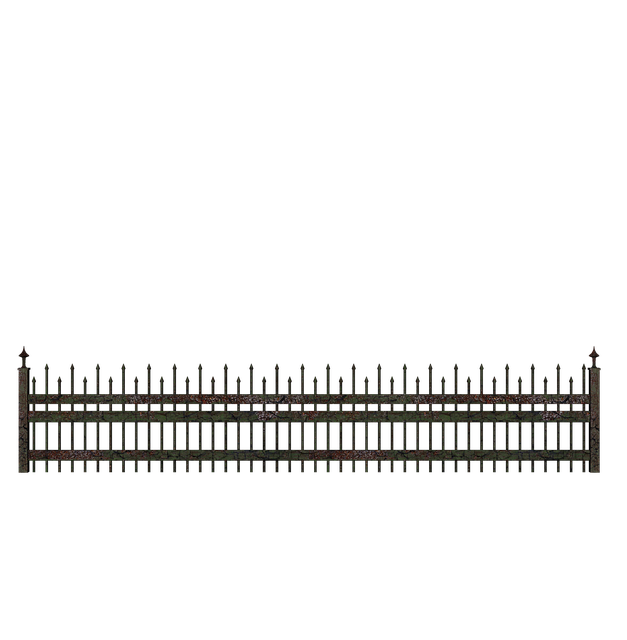In coastal regions, where harsh weather conditions and salty air pose unique challenges, selecting the right fencing material is paramount. This article explores durable wooden fencing as a robust solution for beautiful and long-lasting barriers along coastlines. We delve into the specific challenges of coastal areas, highlighting the benefits of wood fencing, including its natural resistance to corrosion. By examining various wood species, installation techniques, maintenance tips, and aesthetic considerations, this guide offers valuable insights for property owners seeking durable and visually appealing coastal fencing options.
- Understanding Coastal Fencing Challenges
- Advantages of Durable Wooden Fencing
- Choosing the Right Wood Species
- Installation Considerations for Coastlines
- Maintenance and Longevity Secrets
- Enhancing Coastal Aesthetics with Wood Fencing
Understanding Coastal Fencing Challenges
Coastal areas present unique challenges when it comes to fencing due to harsh weather conditions, including high winds, heavy rainfall, and salt mist. Traditional fencing materials may not hold up against these elements, leading to frequent repairs or replacements. Moreover, the diverse wildlife in coastal regions requires specialized fencing solutions to prevent damage and ensure safety.
Durable wooden fencing tailored for these environments is essential to withstand the harsh conditions while providing effective protection. The right type of wood, treated appropriately, can significantly improve longevity. Additionally, innovative design elements and specific installation methods are crucial to navigate the challenges posed by coastal landscapes, ensuring the fence remains sturdy, secure, and visually appealing over time.
Advantages of Durable Wooden Fencing
Durable wooden fencing offers an appealing and functional solution for coastal areas, where traditional materials might face challenges due to salt air, moisture, and extreme weather conditions. One of its key advantages is aesthetics; wood provides a natural, organic look that enhances the beauty of any landscape, complementing both modern and traditional home styles. Unlike synthetic alternatives, wooden fences allow for customization in terms of design, color, and finish, ensuring a unique and personalized touch.
Additionally, durable wood fencing is an environmentally friendly option, as it can be sourced sustainably from managed forests and often has a lower carbon footprint than some synthetic materials. Its longevity is another significant benefit; with proper maintenance, wooden fences can withstand coastal elements for decades, providing a long-term solution that requires minimal replacement or repair. This durability also translates to cost-effectiveness over time.
Choosing the Right Wood Species
When selecting wood for coastal fencing, choosing the right species is paramount to ensure durability and longevity in a harsh marine environment. Different wood types have varying levels of resistance to moisture, salt spray, and insects, all of which are prevalent along coastlines. For example, treated cedar or redwood is an excellent choice due to its natural resistance to rot, fungi, and pests, making it ideal for coastal applications. These species not only withstand the constant exposure to moisture but also have a beautiful, natural aesthetic that enhances outdoor spaces.
Additionally, considering local climate conditions and proximity to the ocean is crucial. Some woods, like tropical hardwoods, may be more suitable for milder coastal areas due to their exceptional durability and resistance to both moisture and UV radiation. On the other hand, treated pine or oak might be better options for regions with higher humidity levels, as they can handle prolonged exposure to water and dampness without significant deterioration.
Installation Considerations for Coastlines
When installing durable wooden fencing in coastal areas, several unique considerations come into play. The harsh marine environment, characterized by salty air, strong winds, and potential exposure to moisture, can accelerate wood decay and compromise the integrity of fences. Therefore, it’s crucial to choose fence posts and boards specifically treated for durability and resistance to rot and corrosion. Stainless steel hardware and anchors are also recommended over traditional options to withstand the coastal climate.
Site preparation is another vital aspect. Proper drainage should be ensured to prevent water accumulation around the fence base, which can lead to rotting. Additionally, considering the landscape’s unique challenges, such as sand shifting or erosion, may require specialized installation techniques or additional support structures. These measures ensure that the wooden fencing not only withstands the coastal environment but also serves its intended purpose for years to come.
Maintenance and Longevity Secrets
Maintaining durable wooden fencing in coastal areas requires a thoughtful approach to ensure longevity. Regular cleaning is essential, using mild soap and water to remove salt deposits and ocean debris. A yearly coating of high-quality sealant protects against moisture and UV rays, preserving the wood’s strength.
Inspecting the fence for any signs of rot, cracks, or insect damage is crucial. Promptly addressing these issues with appropriate treatments, such as repainting or replacing damaged sections, prevents further deterioration. Additionally, ensuring proper drainage around the fence helps to minimize moisture accumulation, further extending its lifespan.
Enhancing Coastal Aesthetics with Wood Fencing
Wooden fencing can beautifully enhance the coastal landscape, adding warmth and character to any seaside property. The natural allure of wood blends seamlessly with the surrounding environment, creating a harmonious aesthetic that is both inviting and aesthetically pleasing. Unlike other materials, wood offers a timeless and organic look, allowing coastal homes to integrate effortlessly into their picturesque settings.
With proper treatment, durable wooden fences can withstand the challenging coastal conditions, including salty air and regular exposure to moisture. This longevity ensures that the fencing not only enhances the visual appeal but also provides long-lasting protection for properties, creating a stunning backdrop for years to come.
